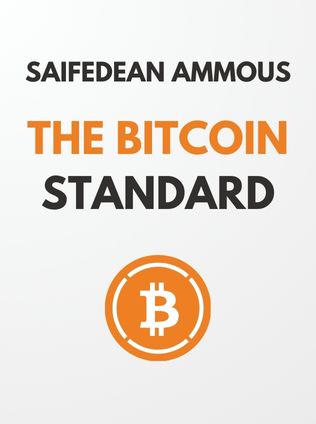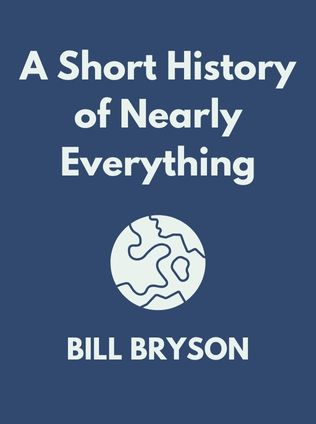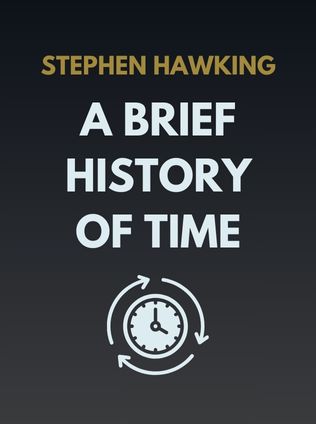
The Bitcoin Standard
The Decentralized Alternative to Central Banking
By Saifedean Ammous
Published 03/2018
About the Author
Saifedean Ammous is an influential economist and a prominent advocate of Bitcoin. His expertise lies in monetary theory, with a particular focus on the Austrian School of economics, which emphasizes the importance of free markets and the limitations of government intervention. Ammous serves as a professor of economics at the Lebanese American University, where he explores the intersection of economic theory and modern financial systems. His writings are marked by a deep skepticism of fiat currencies and a belief in the transformative potential of Bitcoin as a new global monetary standard.
Ammous’s background in economics, combined with his clear and persuasive writing style, has made him a key figure in the Bitcoin community. He is not only a theorist but also an active participant in the ongoing debate about the future of money. His work challenges conventional economic wisdom and presents a compelling case for why Bitcoin could become the dominant form of money in the future.
Main Idea
"The Bitcoin Standard" by Saifedean Ammous is a detailed exploration of Bitcoin’s potential to replace traditional fiat currencies and become the new global monetary standard. Ammous argues that Bitcoin, with its unique properties, could address many of the economic problems caused by fiat money, such as inflation, wealth inequality, and economic instability. The book is a blend of historical analysis, economic theory, and a forward-looking vision of a world where Bitcoin underpins the global economy.
Ammous’s central thesis is that Bitcoin’s decentralized nature, capped supply, and verification system make it superior to fiat currencies, which are subject to government manipulation and inflation. He believes that Bitcoin could provide a stable and predictable monetary system, much like the gold standard did in the 19th century, but with the added benefits of digital technology. Through this lens, Ammous examines the history of money, the failures of fiat currency, and the revolutionary potential of Bitcoin.
Table of Contents
- Introduction
- The Evolution of Money
- The Rise and Fall of Fiat Currency
- The Case for Bitcoin
- The Future of the Bitcoin Standard
- Challenges and Criticisms of Bitcoin
- Conclusion
The Evolution of Money
The book begins with a comprehensive overview of the history of money. Ammous traces the origins of money from primitive barter systems, where goods were exchanged directly for other goods, to the development of commodity money like gold and silver. He explains how these metals became the preferred medium of exchange due to their inherent properties: scarcity, durability, divisibility, and portability.
“Money, in its most effective form, is a medium that facilitates trade, stores value, and serves as a unit of account. Gold, for centuries, fulfilled these roles with unparalleled success.” – Saifedean Ammous
Ammous argues that the gold standard provided a stable and predictable monetary system that supported economic growth and international trade. Under the gold standard, currencies were backed by gold, which limited the ability of governments to inflate the money supply. This system encouraged savings, long-term investment, and economic stability. However, as the global economy expanded, the physical limitations of gold – its weight, the cost of transport, and the difficulty of dividing it into smaller units – became apparent.
These limitations eventually led to the abandonment of the gold standard in favor of fiat currencies, which are not backed by any physical commodity. While fiat money offers greater flexibility and can be easily manipulated to meet short-term economic needs, Ammous contends that this very flexibility is the source of many of today’s economic problems.
The Rise and Fall of Fiat Currency
Fiat money, which derives its value solely from government decree, became the dominant form of currency in the 20th century. Ammous explains that the shift from commodity money to fiat money was driven by governments’ desire to have more control over the economy. By severing the link between money and a physical commodity like gold, governments gained the ability to print money at will, allowing them to finance wars, social programs, and other expenditures without directly taxing their citizens.
Sign up for FREE and get access to 1,400+ books summaries.
You May Also Like
Rich Dad Poor Dad
What the Rich Teach Their Kids About Money - That the Poor and Middle Class Do Not!
By Robert T. KiyosakiFreakonomics
A Rogue Economist Explores the Hidden Side of Everything
By Steven D. Levitt and Stephen J. DubnerFactfulness
Ten Reasons We're Wrong About the World – and Why Things Are Better Than You Think
By Hans Rosling



















